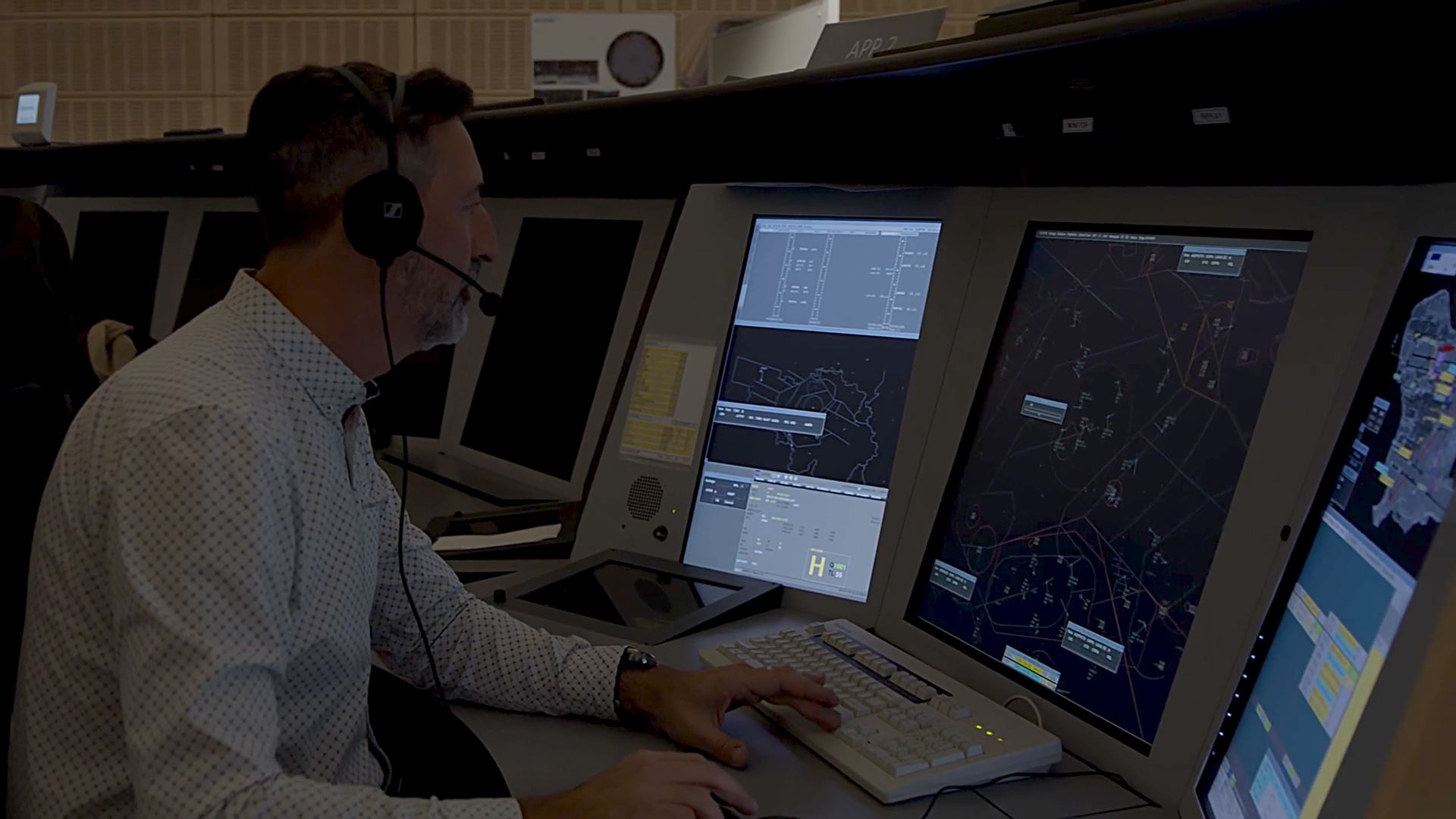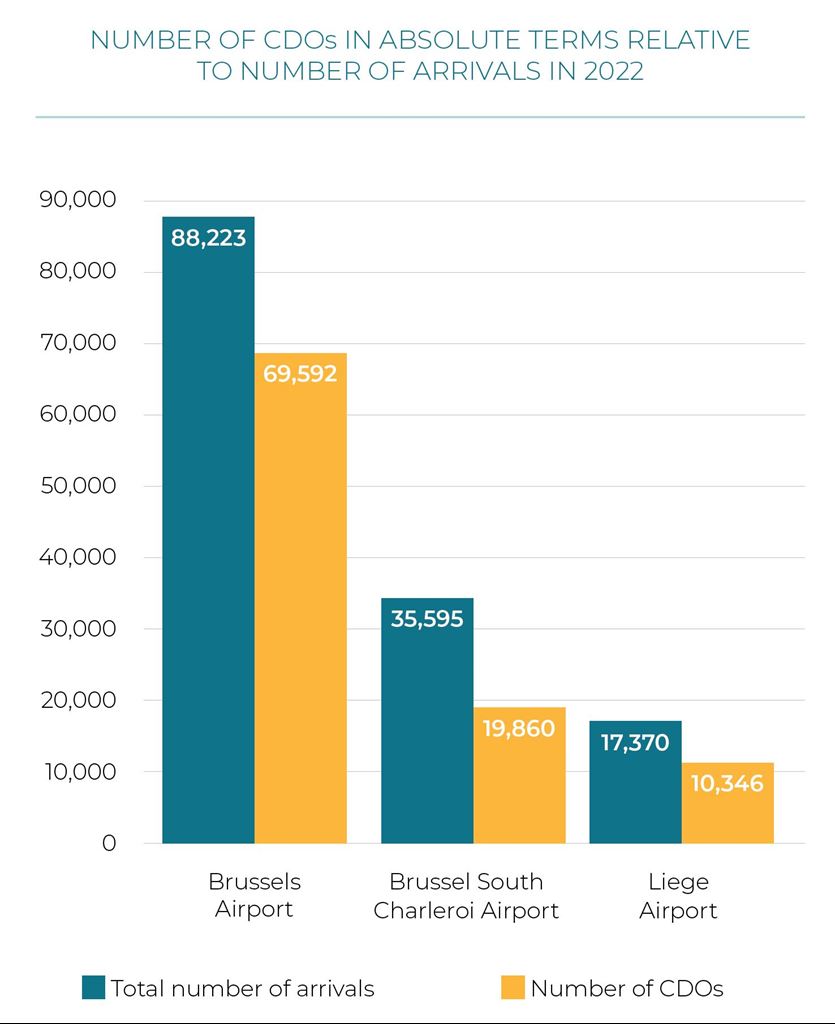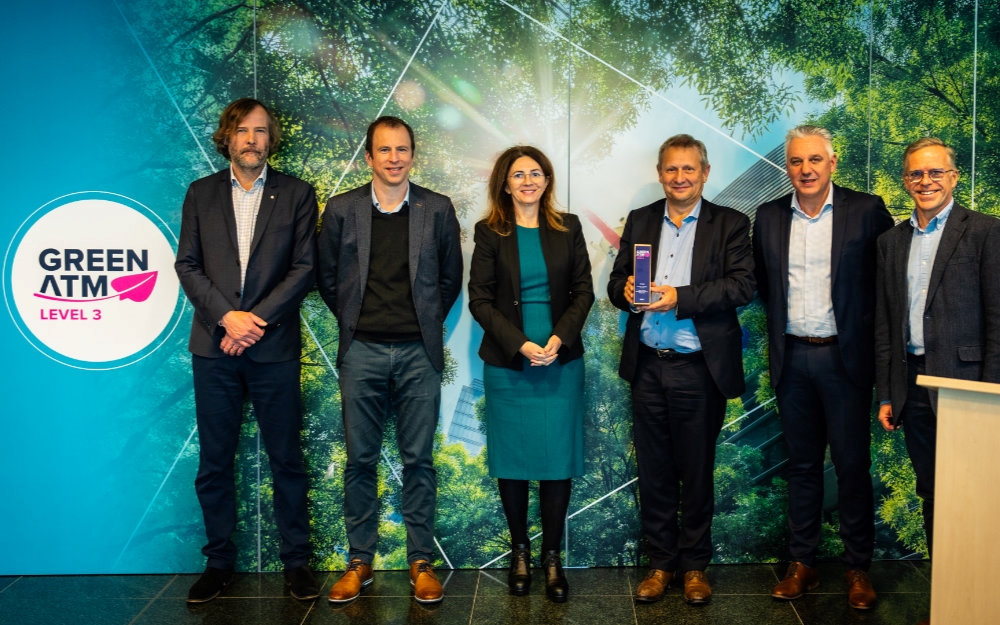Air traffic controllers also ensure traffic efficiency, for the benefit of the environment

Before departure, thanks to an exchange of information via a skeyes application between all parties involved at the airport, the controllers authorize the ignition of the engines. Starting the plane at the right moment already saves fuel. Of course, the aircraft must be ready, the pilots must have examined the main safety points, the aircraft must have been cleaned, all passengers must have boarded, baggage and any cargo in the hold must have been loaded, and the aircraft must have been refuelled. In 2022, 92.5% of aircraft departing from Brussels Airport were given the go-ahead to start their engines within the TSAT (Target Start-up Approval Time). This is a fine achievement for skeyes and its airport services partners.
Next, they guide the aircraft onto the taxiways in the most efficient way, ensuring the smooth flow of traffic on the ground so that the aircraft can take off as soon as possible. In 2022, 99.8% of aircraft at Brussels Airport made their trip between the runway and their stand in less than the average time required (VTT - Variable Taxi Time). This performance was accomplished thanks to the skills of the skeyes air traffic controllers.
When the aircraft is en route, the controller can, depending on traffic conditions, propose more direct routes to the aircraft in order to limit flight time and fuel consumption. Recently, skeyes developed TCAST (Traffic Complexity Assessment and Simulation Tool), a tool for predicting traffic loads and managing flows even more effectively. Belgian airspace is one of the most complex in Europe, due to its density and structure, with 6 airports and military zones in a relatively small area for aviation.
Finally, as the aircraft approaches the destination airport, the controller may instruct the pilots to follow a continuous descent, a green landing procedure, known as CDO (Continuous Descent Operation). CDO is a flying technique during which the aircraft descends continuously towards the runway with minimal engine power, in a sort of glide. In contrast to a conventional approach, there are no landings where the pilot has to go back on the throttle. The CDO approach therefore saves a great deal of fuel, and limits both CO2 emissions and noise. However, it is not always possible to execute due to traffic conditions.
In 2022, 79% of landings followed the green landing procedure at Brussels Airport, 56% at Brussels South Charleroi Airport and 60% at Liege Airport.

All these techniques used by controllers aim to increase air traffic efficiency as well as limit its impact on the environment.

